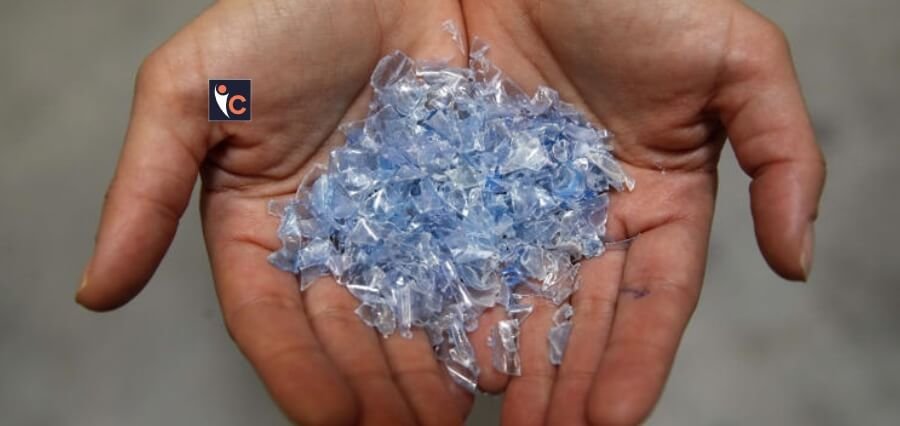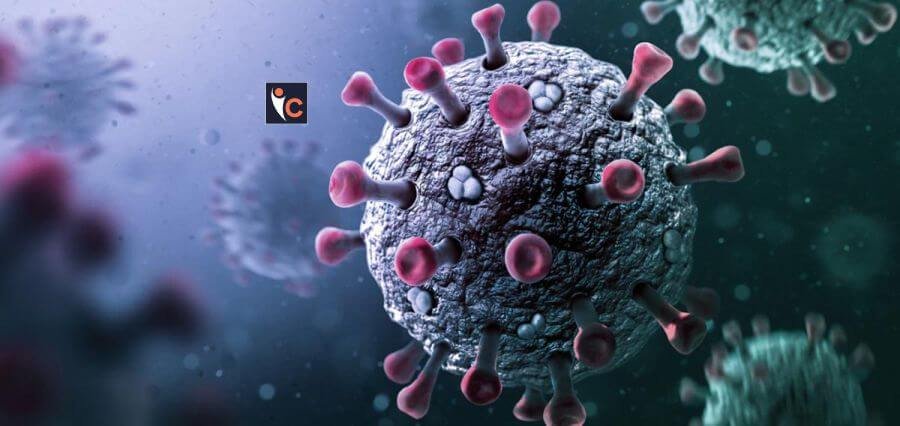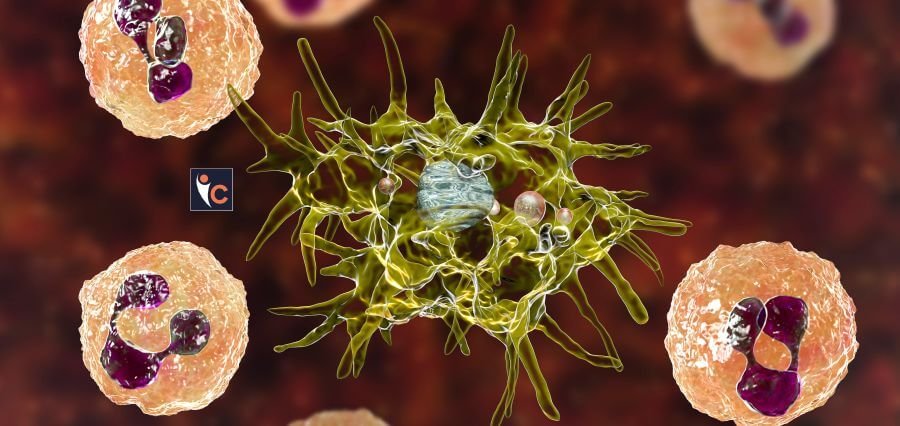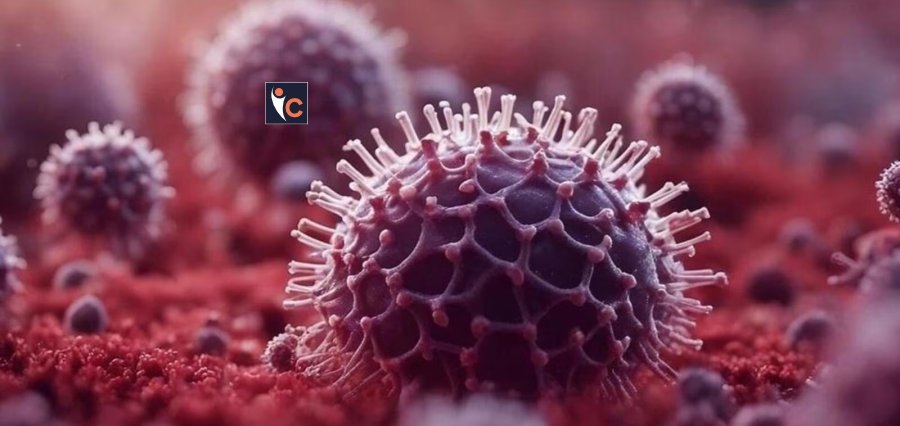If you felt that drinking water from a plastic bottle had satisfied your thirst, you should reconsider. It’s likely that you have harmed your body more than helped it. For the first time, a single plastic bottle—typically one liter—has been revealed in a recent research to contain more than 2,40,000 microscopic nanoplastic particles.
While the presence of microplastics in plastic water bottles is not new, the quantity of these particles that a person might reasonably expect to be ingesting when downing a litre of water has now been revealed by recent research.
Researchers from Columbia University discovered even smaller particles in the latest study, which was published on January 8 in the Proceedings of the National Academy of Sciences journal. This increased the amount of microplastics in bottled water by a factor of 10. In several instances, over 100.
The researchers identified between 1,10,000 and 3,70,000 microscopic plastic particles in each liter, 90% of which were nanoplastics.
Using the newly developed method, biophysicist and study co-author Wei Min of Columbia University found an average of 2,40,000 plastic bits per liter of bottled water.
Ninety percent of the particles that were found fit the description of nanoplastics, which are smaller than one micrometer. In contrast to microplastics, nanoplastics can pass through the respiratory and digestive systems and enter the circulation.
These microscopic particles can then build up in important organs like the heart muscle, penetrate the blood-brain barrier to reach the brain, and even enter the bodies of fetuses via bridging the placenta.
“This study provides a powerful tool to address the challenges in analysing nanoplastics, which holds the promise to bridge the current knowledge gap on plastic pollution at the nano level,” stated Naixin Qian.
As expected, polyethylene terephthalate (PET) was one of the most common forms of nanoplastics found in the examination of three well-known bottled water brands (the scientists did not reveal the companies’ names).
The most common type of plastic used in the bottled beverage business is PET. The tiny particles, according to the researchers, most likely got into the water when the bottle was compressed or when the cap was repeatedly screwed on and off.
Nylon was another form of plastic that was frequently discovered in the analyzed bottled water samples. Beizhan Yan, a geochemistry research professor at Columbia’s Lamont-Doherty Earth Observatory (LDEO) and co-author of the paper, hypothesized that these particles might be the result of water purification filters.
Little study has been done on the effects of nanoplastics entering the bloodstream thus far. However, there is sufficient data to demonstrate the effects of the chemicals used to create plastics on the human body.
In addition to increasing the risk of cancer, hazardous chemicals utilized in the production of plastics include phthalates, dioxins, organic pollutants, and heavy metals that are toxic in high concentrations and can affect vital systems like the kidneys, liver, heart, reproductive system, and neurological system.
Additionally, they may amass via the food chain.
Even though 90% of the plastic particles in bottled water are nanoplastics, the researchers acknowledged that their field of study is expanding.
He claimed that their mass is significantly smaller. “Size is not the important factor. The numbers are important because smaller objects can enter our bodies more readily.





